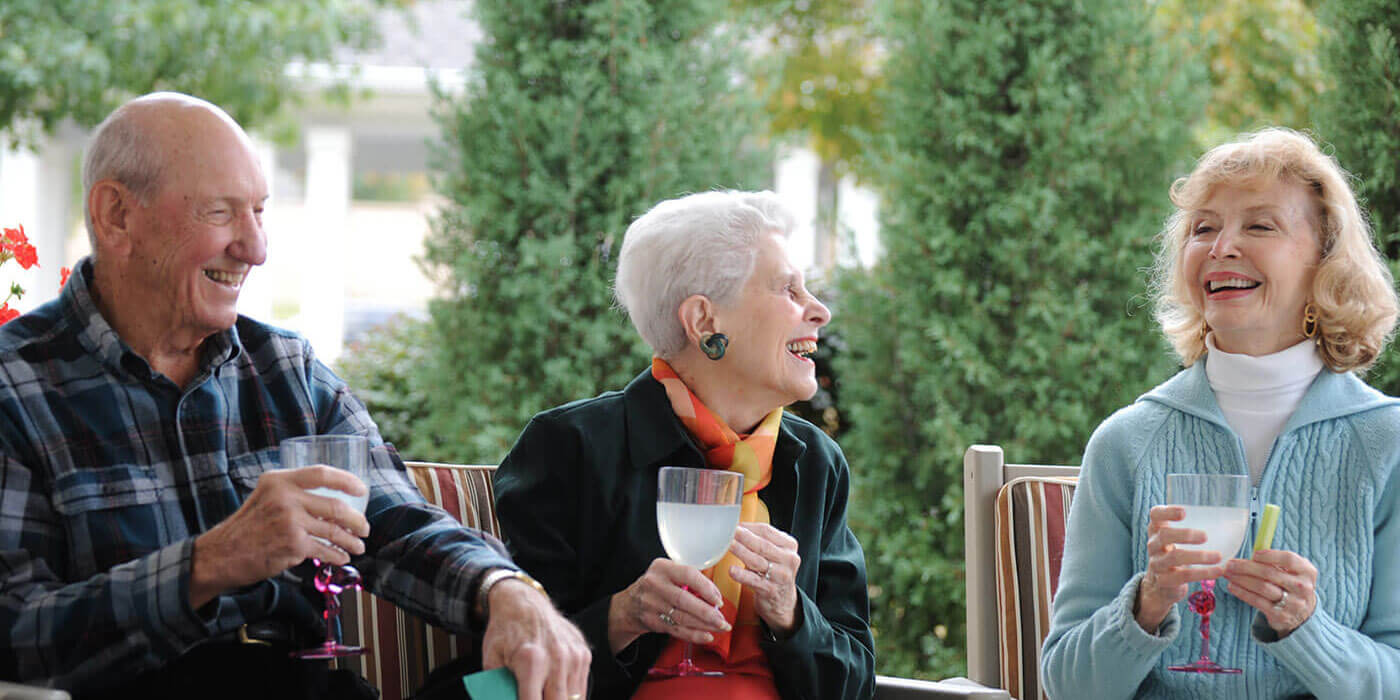By Weldon Tisdale, Chaplain
A hot, glistening bird commands the laden table, as grandma calls everyone to dinner. Eight-year-old Jennifer proudly lugs her July-born sister to the table. Grandpa and dad get up slowly with a long backward glance to see the tight end catch a pass and be forced out of bounds at the twenty-yard line. The game continues in the background without them.
“Who’ll say grace?” grandma asks. Grown-ups look awkwardly at each other in strained silence. Finally, Uncle John snickers and parrots the word “grace,” and laughter spills over the tension. Grandma steps in. “Jennifer, why don’t you say the prayer you learned in Sunday School when you were in kindergarten.” She recites. The feast begins.
Embarrassed silence replaces thanksgiving, gluttony displaces gratefulness. Thanksgiving–an expression of gratitude to God for benefits received – is too often absent from our hollow holiday.
There is, however, an ancient custom which can reclaim the day.
We read, Jesus “took the seven loaves and the fish, and when He had given thanks, He broke them and gave them to the disciples.” (Matthew 15:36) At the Last Supper Jesus took bread and gave thanks, lifted the cup, gave thanks and offered it to His followers. (Mark 14: 22-25) Jesus always prayed before meals.
We can, too. A simple prayer of thanks at each family meal of the year will gradually restore thankfulness to us. As our children and families see us humble ourselves to thank our Creator, they too learn to be grateful. Robert Lintner said it well: “Thanksgiving was never meant to be shut up in a single day.”
This habit of family thankfulness can begin around our tables now–the first of many prayers of thanks to
be offered. Now, “Who’ll Say Grace?”
Adapted from www.joyfulheart.com
Who’ll Say Grace?

